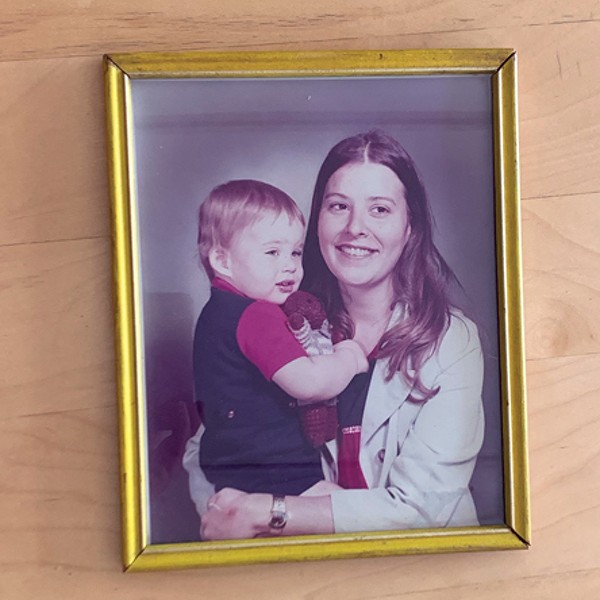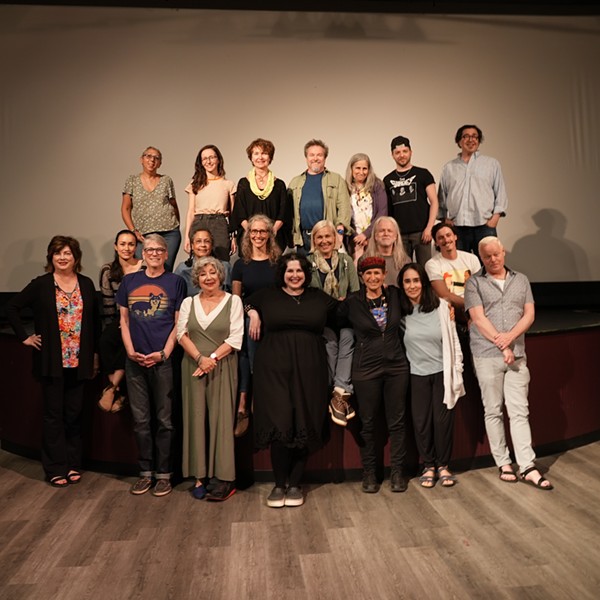Lt. Raggio’s thesis argued: “The Army has undertaken such risks before, and in far more dire social circumstances.” Comparing the integration of black soldiers into previously all-white units in the 1950s to general support today for gay rights, he stated, “The Army must reflect the fundamental principles of the nation it serves, except when doing so would place the Army or nation at risk.” Lt. Raggio then argued, “The current policy puts homosexuals in a position as ‘second-class individuals,’” and “may actually undermine the legitimacy of the armed forces.”
In an interview with the Center for the Study of Sexual Minorities in the Military at the University of California, Santa Barbara, Dr. Kathleen Campbell, an Associate Professor of Leadership & Management Studies at West Point and one of Lt. Raggio’s professors, also compared this debate to integration in the 1950s. “In my opinion, while the military was ahead of, or equal to, the curve when it came to integrating the services with respect to race and gender, we are really behind the curve when it comes to gays. Gays are hired by the police forces around the country, by the FBI, CIA, etc. Yet the military still has a ban on gays serving openly.”
There are other examples that attitudes are beginning to shift within the armed forces. Major John Bicknell, a researcher at the Naval Postgraduate School, has conducted many studies to gauge attitude among soldiers since the 1994 directive. He has found that the percentage of US Navy officers who, “feel uncomfortable in the presence of homosexuals,” decreased from 57.8 percent to 36.4 percent since the policy was instituted. In April 2005, a Sports Illustrated poll revealed that 78 percent of those taking part felt, “It is okay for gay athletes to participate in sports, even if they are open about their sexuality.”
But we have seen in just the last few weeks that there is a big difference between theory and practice when it comes to acceptance. So far, not one professional athlete in America has come out while playing and probably for good reason. In late February, former NBA player John Amaechi announced his homosexuality. His autobiography, Man in the Middle, details how tough it was leading the double life of a macho professional athlete while hiding his sexuality. Before Amaechi even got a chance to make the rounds of talk shows in the wake of his admission, he was castigated by former teammate and NBA all-star Tim Hardaway. On sportswriter Dan Le Batard’s Miami radio show, Hardaway bluntly stated, “You know, I hate gay people, so I let it be known; I don’t like gay people and I don’t like to be around gay people. I’m homophobic. I don’t like it. It shouldn’t be in the world or in the United States.” (Hardaway has since been criticized by the NBA and several gay and lesbian groups, lost at least one endorsement deal, had his name dropped from advertising at a car wash he owns in Miami, and was banned from attending NBA-sanctioned appearances he was scheduled to make in Las Vegas as part of the league’s All-Star Weekend.)
On the surface, in the 12 years since the inception of “Don’t ask, don’t tell,” the climate of the country appeared to change. But comments like Hardaway’s seem to confirm what the Pentagon has always feared: There are still plenty of people who are fearful of, and do not accept homosexuality, and who would have a hard time working alongside homosexuals.
Trends
While it appears that public opinions may have shifted when it comes to homosexuals serving their country, there are almost daily reminders of the effects of “Don’t ask, don’t tell.” According to reports distributed by the US General Accountability Office, the Department of Defense expelled an average of 1,500 men and women per year between 1980 and 1990 due to its policy of excluding homosexuals. During that period the number of expulsions went from a high of 2,000 in 1982 to a low of about 1,000 in 1990. Since the inception of “Don’t ask, don’t tell,” discharges because of homosexuality have risen markedly: from 617 in 1994 to 1,273 in 2001. More recently, 6,300 military personnel, an average of 1,260 per year, were discharged for similar reasons between 1998 and 2003.
















